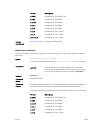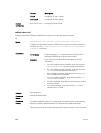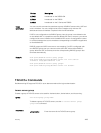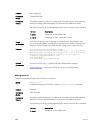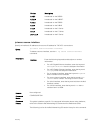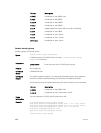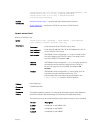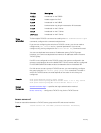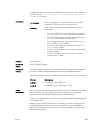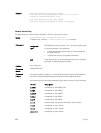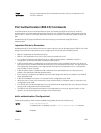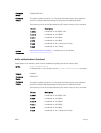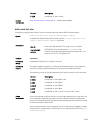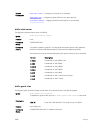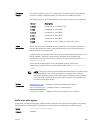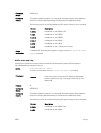To delete the association between a TACACS server group and a VRF and source
interface, use the no tacacs-server vrf vrf-name [source-interface
interface] command.
Parameters
vrf vrf-name Enter the keyword vrf and then the name of the VRF to
associate a TACACS server group with that VRF.
interface Enter the following keywords and slot/port or number
information:
• For a 10-Gigabit Ethernet interface, enter the keyword
TenGigabitEthernet then the slot/port information.
• For a 40-Gigabit Ethernet interface, enter the keyword
fortyGigE then the slot/port information.
• For a Loopback interface, enter the keyword loopback
then a number from 0 to 16383.
• For a port channel interface, enter the keywords port-
channel
then a number.
• For a Null interface, enter the keyword null then the Null
interface number.
• For a VLAN interface, enter the keyword vlan then a
number from 1 to 4094.
Defaults Not configured.
Command
Modes
TACACS SERVER GROUP
Command
History
This guide is platform-specific. For command information about other platforms,
refer to the relevant Dell Networking OS Command Line Reference Guide.
The following is a list of the Dell Networking OS version history for this command.
Version Description
9.7(0.0) Introduced on the S6000–ON.
9.4.(0.0) Introduced on the S-Series and Z-Series.
Usage
Information
You can use this command to associate a group of TACACS servers with a VRF and
source interface. You can configure the source interface only with the VRF
attribute and source interface is optional with the VRF attributes.
If VRF is not configured on the TACACS group, then the group is considered to be
on the default VRF.
RADIUS groups and VRFs have one-to-one mapping. If a VRF is configured with
one RADIUS group, then you cannot use the same VRF with another RADIUS
group. When the VRF is removed, then the corresponding RADIUS group is also
removed automatically.
Security
1621



